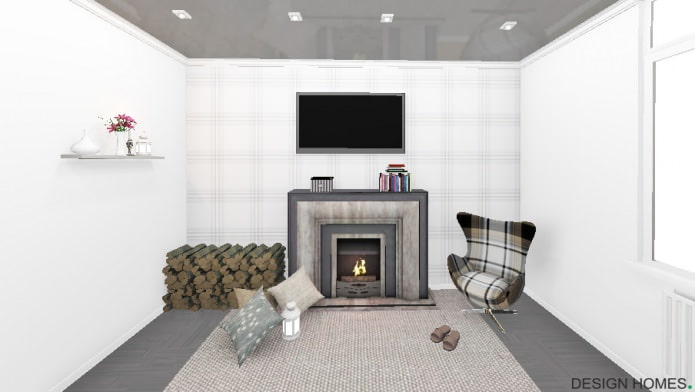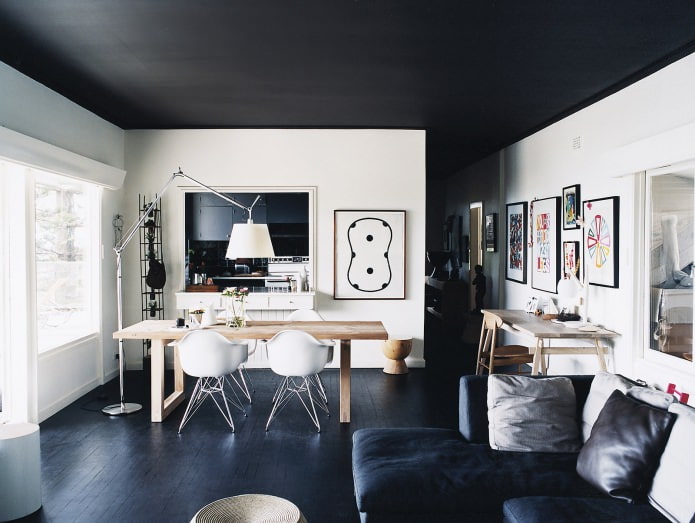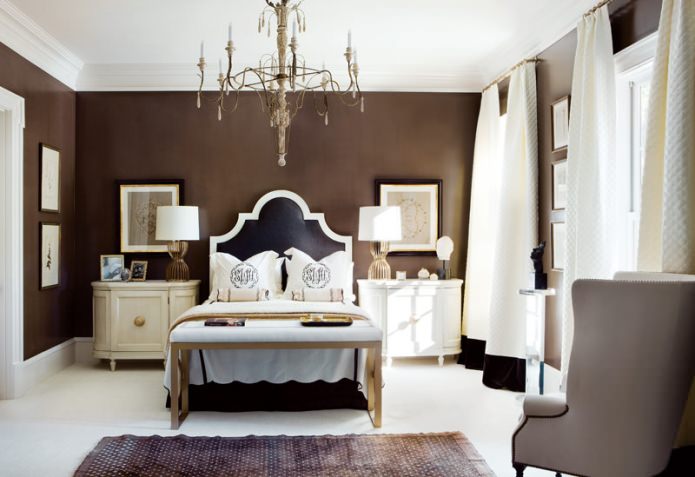Gradient combination
(light ceiling, darker walls, dark floor or the same combination in reverse order)


Gradient transitions are often used when decorating living spaces. For example, the walls separating the light ceiling and dark floor are made of an “intermediate” tone. This technique is used when decorating monochrome spaces, for example, in a classical style. Such combinations look very harmonious and stylish.
Gradient transitions are pleasant for the eyes and have a beneficial effect on the nervous system, bringing harmony and peace. This type of finishing can be used in any room.
Depending on the intensity of the shade of finishing materials, the furniture can be light or dark. Rooms with floors the color of dark chocolate, ceilings the color of fresh cream, and walls the shade of cocoa with milk will look great. White, brown, black can be chosen as additional or accent colors. Furniture for a room with such a combination of colors of the floor, walls and ceiling can be of any shade, but the desirable one is the color of natural wood.
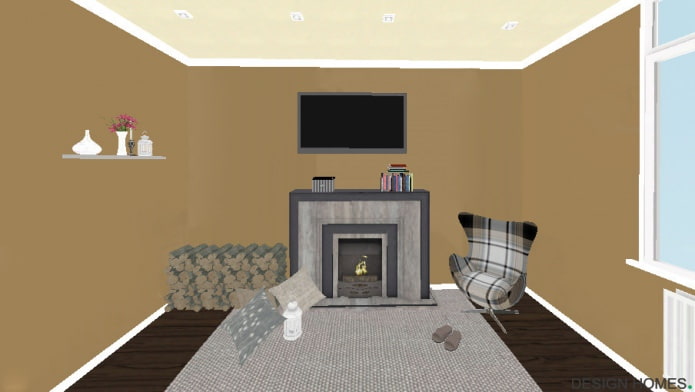

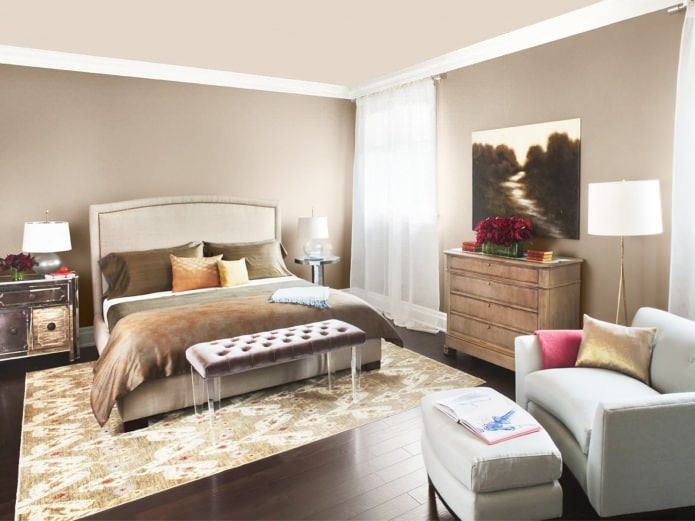
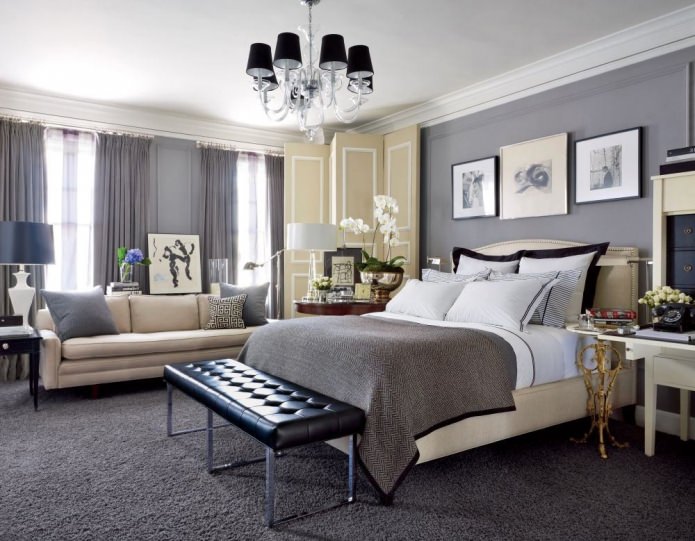
Contrasting combination
(light ceiling, bright walls, dark floor)


When painting living spaces, in addition to gradient combinations of the color of the walls, ceiling and floor, contrasting transitions are often used. This combination looks very advantageous. It is used in various styles and helps to make the perception of the room more harmonious, “hiding” its shortcomings.
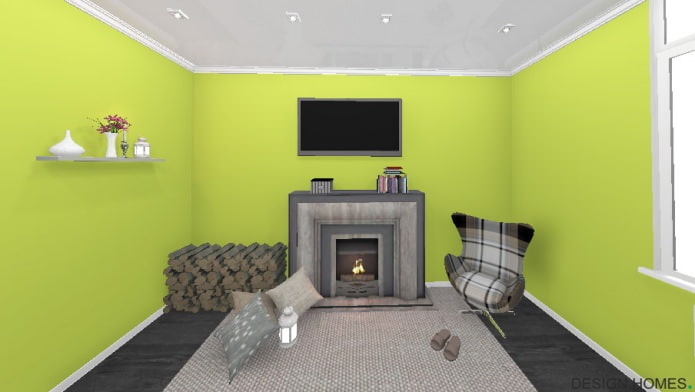

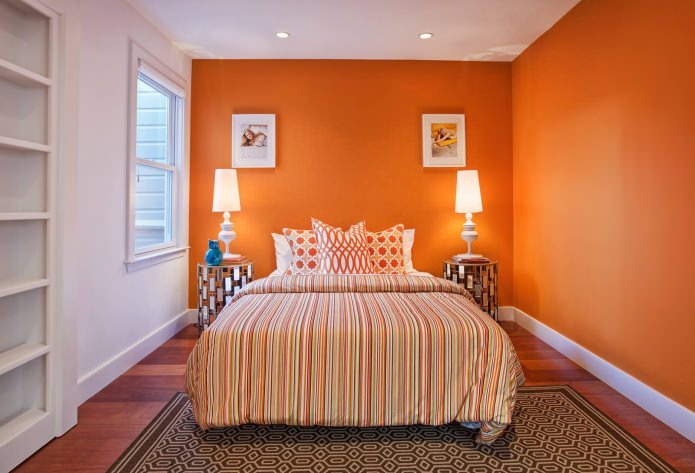

Low ceiling. If the ceilings in the room are too low, choose light colors for the ceiling and dark colors for the floor. The walls can also be contrasting. If you use wallpaper, choose patterns that extend from the floor to the ceiling.
With this combination of colors of the floor, walls and ceiling, it will seem that the height of the ceilings is greater than it actually is. One condition: ceiling cornices should not be wide, and it is better to do without them at all. A contrasting shade on the walls will create the impression of depth, and a light ceiling will “float” above this volume.
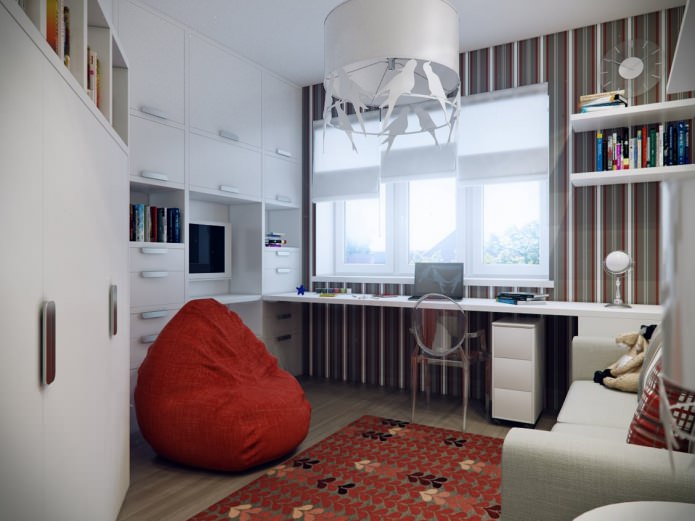
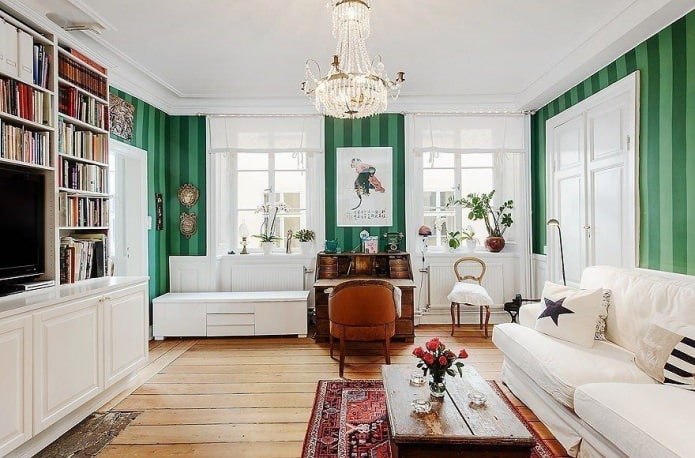
Narrow room. If the room not only has a low ceiling, but also incorrect proportions – for example, it is elongated, this can be corrected. It is necessary to paint the short walls in contrasting tones, and the elongated ones – in neutral ones. This method will help to “squeeze” the room in the required direction, it will acquire more correct proportions.
In rooms decorated in this way, light furniture looks advantageous, and bright colored accessories will help to create a memorable interior. In addition, furniture placed across the room will help to expand a narrow room.
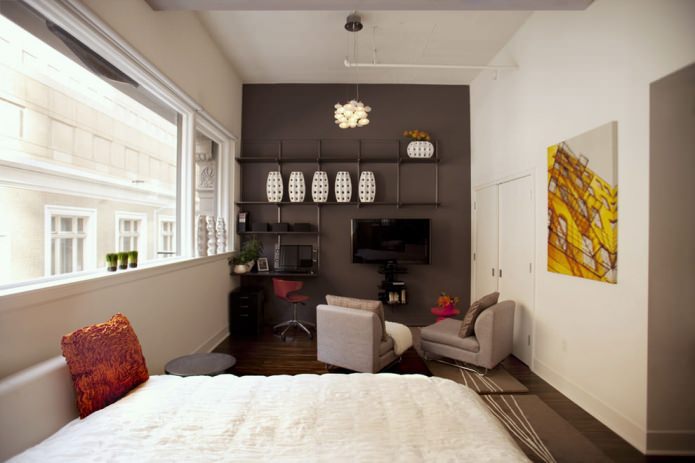
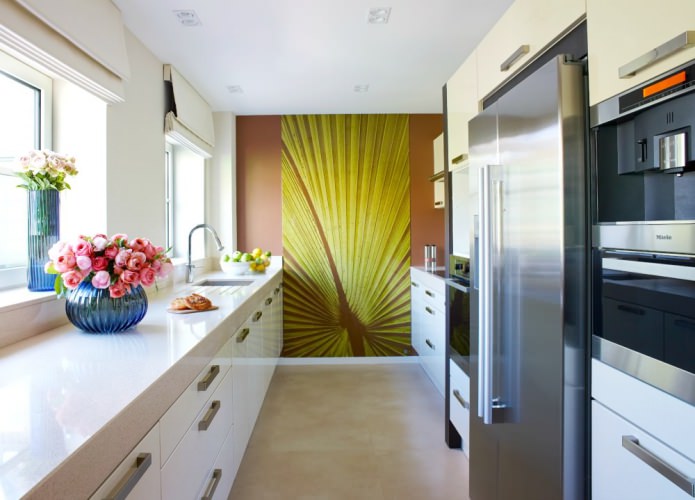
Light colors
(light ceiling and walls, dark floor)


The combination of colors in a room can add light and air to it. For example, in small rooms, as a rule, the walls and ceiling are decorated in light tones, and the floor, on the contrary, is dark. The shade of paint on the walls and ceiling should be as light as possible, preferably white. Also, cornices, trims and baseboards should be white, in extreme cases they can have a light shade of the main tone.
To enhance the impression of airiness, avoid heavy, bulky furniture, bright upholstery. Let there be few objects – only the most necessary, while their forms should not be too pretentious. Light carpets look good on a dark floor – they help to zone the space and make it easier to perceive.
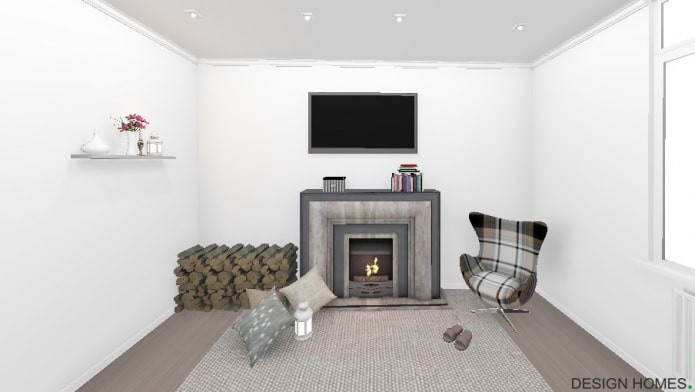
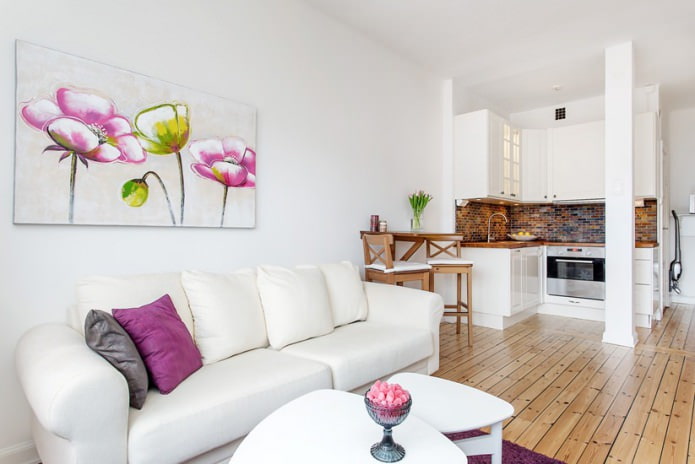
Opposite colors
(dark ceiling, floor and light walls or light ceiling, floor and dark walls)


This combination of colors of walls, ceiling and floor is universal and can be used in rooms with a wide variety of geometries. This design option can look very advantageous with both high and low ceilings, the only difference is in the way color contrasts are applied.
- High ceilings. If you feel the need to “lower” the ceiling a little to make the room cozier, the combination of colors of the floor, walls and ceiling is done in the following way: the floor and ceiling are dark, the walls are light. Moreover, cold shades on light walls will “move them away” even more, and warm shades on the floor and ceiling will “bring them closer”.
- Low ceilings. To visually “raise” the ceilings, make them two-level. Paint the main level of the ceiling in dark cold tones, and the suspended one in light tones. Due to this design, the ceiling will acquire volume and will seem higher. Dark floors are necessary in this case – they will act as a “counterweight” to balance the complex ceiling structure.
